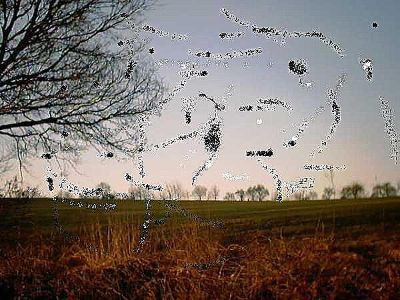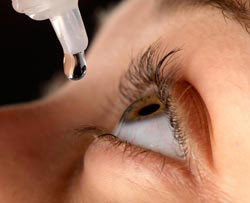When it Comes to Aging Eyes What Symptoms Are Normal?
With September being Healthy Aging Month, its hard not to wonder what is apart of the normal aging process and what requires medical attention. Currently it is estimated that 142 million Americans are 40 or over. 40 is approximately the age in which people begin to lose the strength of their vision. While it’s common for your eyes to begin to weaken, some signs could point to more serious issues. While its recommended that you see your doctor for any unusual symptoms, here are a few common symptoms and what they usually mean.
1. Reading small print becomes difficult:
As people age, the lens on the eye begins to become less flexible. This makes it harder to read at close range or do any type of “near work” such at sewing. This condition is referred to as presbyopia, a term derived from the Greek meaning “aging eye.” Nearly every person begins to experience these symptoms around the age of 40. The treatment is usually a pair of reading glasses.

2. Colors appear dull, and lights have halos:
These signs usually point to the possibility of cataracts. Cataracts are also fairly common with people who are aging, and refer to the clouding of the lens. Treatment for cataracts usually involve surgery, the most common type of eye surgery performed in the United State, and are shown to significantly improve vision.

3. Seeing floater or occasional flashes of light:
These floaters are tiny clumps of cells the are floating in the vitreous gel, the clear gel-like fluid inside the eye. The flashes of light are caused by the vitreous gel pulling at the retina, which is the light-sensitive tissue lining the back of the eye. While both these symptoms are common to experience with aging eyes, a sudden increase could be a sign of a torn or detached retina. Its recommended that you seek an ophthalmologist immediately. Surgery is usually required.

4. Eyes suddenly burn, sting and water excessively:
All of the symptoms are signs of dry eye, a condition that is very common as people age, especially women. As women are undergoing hormonal changes during menopause, the quality of tear the eye produces is altered. Most people find relief from over-the-counter eye drops, however if these do not provide relief seek a ophthalmologist. They may prescribe medication or suggest surgical options.

5. Loss of peripheral vision:
Deterioration of peripheral vision may be a sign of glaucoma, a condition that requires immediate attention. Glaucoma is the leading cause of irreversible blindness, however this can be prevented if treated early. Vision loss is usual gradual, making people unaware that they are losing their vision until it is gone. Its very important to see your optometrist or ophthalmologist once or twice a year to prevent the loss of vision.

6. Central vision becomes hazy:
This is a common sign of age-related macular degeneration (AMD). There are two different forms of AMD. Wet AMD is treated with anti-VEGF injection, a drug that blocks the growth of abnormal blood vessels under the retina. There are currently no treatments for dry AMD. Like glaucoma, AMD can go unnoticed until vision loss has already occurred, so its recommended to see an optometrist or ophthalmologist once or twice a year.





